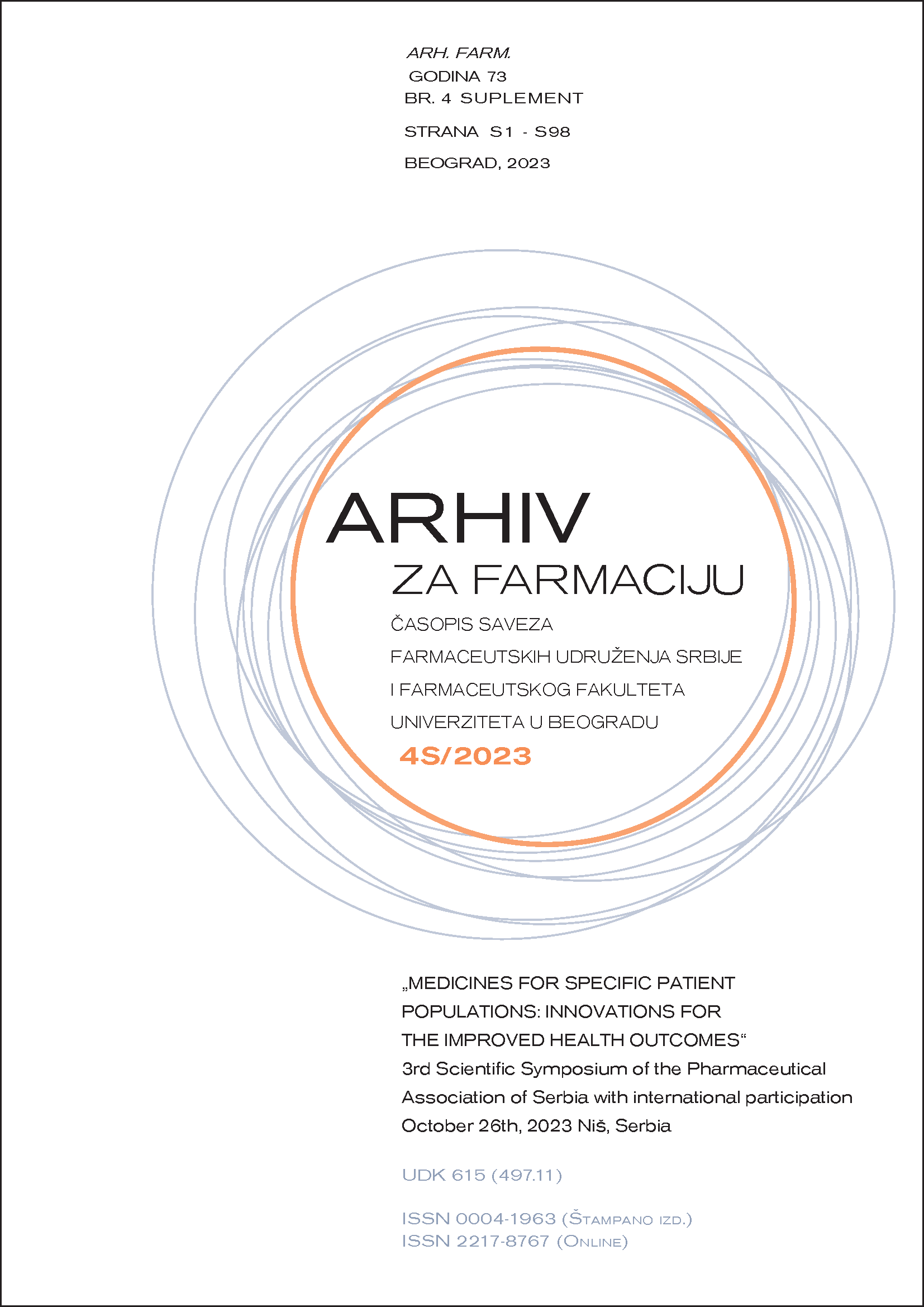THERAPY OF ATOPIC DERMATITIS IN CHILDREN
Abstract
Atopic dermatitis (AD) is a chronic inflammatory dermatosis. In 60% of patients the disease develops before the first year of life, and in 90% of cases it manifests before the age of 5. It is a heterogeneous and multifactorial disease, which is a consequence of complex pathogenetic mechanisms (1). Therapy for acute treatment includes topical corticosteroids or nonsteroidal alternatives such as calcineurin inhibitors and phosphodiesterase inhibitors (2). Significant progress in the current treatment of AD is based on biological therapy. Cytokines, interleukin (IL)-4 and IL-13 and other mediators that play an important role in the pathogenesis of skin inflammation have become the target of new forms of therapy. Dupilumab is the first biological drug approved for the general treatment of children aged >12 years with moderate to severe AD. Another topical therapeutic option is crisaborole, a phosphodiesterase-4 inhibitor (3).
References
1. LePoidevin LM, Lee DE, Shi VY. A comparison of international management guidelines for atopic dermatitis. Pediatr Dermatol 2019; 36: 36–65.
2. Sathishkumar D, Moss C. Topical therapy in atopic dermatitisin children. Indian J Dermatol. 2016; 61(6): 656-61.
3. Paller AS, Siegfried EC, Thaci D, et al. Efficacy and safety of dupilumab with concomitant topical corticosteroids in children 6 to 11 years old with severe atopic dermatitis: a randomized, double-blinded, placebo-controlled phase 3 trial. J Am Acad Dermatol. 2020;83:1282–1293.

